There’s something that I just don’t understand about vegetarians. It’s something that I didn’t understand when I mercilessly teased them, and it’s something that I still don’t understand now that I am one:
What’s with the fake meat?
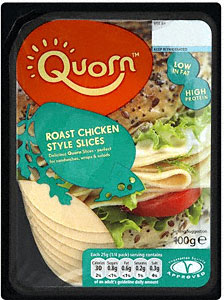
You know the stuff I’m talking about: stuff made out of mycoprotein or TVP or soya that’s specifically designed to emulate real meat in flavour (sometimes effectively) and texture (rarely so). Browse the chilled and frozen aisles of your local supermarket for their “vegetarian” section and you’ll find meatfree (although rarely vegan) alternatives to chicken, turkey, beef and pork, presented here in descending order of how convincing they are as a substitute.
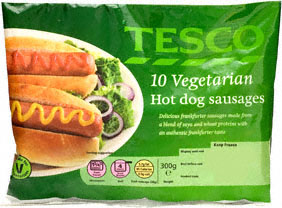
Let’s be clear here: it’s not that I don’t see the point in faux meat. It has a few clear benefits: for a start, it makes vegetarianism more-approachable to omnivores who are considering it for the first time. I’ve tried meat substitutes on a number of occasions over the last couple of decades, and they’ve really improved over that time: even a meat-lover like me can be (partially) placated by the selection of substitutes available.
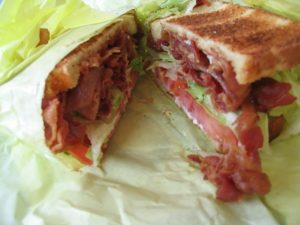
And while I slightly buy-in to the argument that the existence of these fake meats “glorifies” meat-eating, perhaps even to the extent as to under-sell vegetarianism as a poor substitute for the “real thing”, I don’t think that this is in itself the biggest problem with the fake meat industry. There’s a far bigger issue in question:
Why are we stopping here?
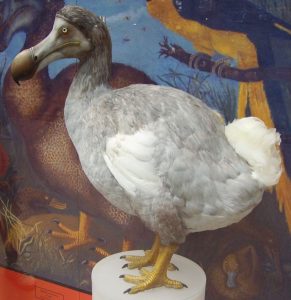
If we’re really trying here to make “fake meats”, then why are we setting our targets in-line with the commonly-eaten “real meats”? Why stop at chicken and turkey when we might as well make dodo-flavoured nut roasts and Quorn slices? Sure, they’re extinct, so we’ll probably never have real dodo meat: but there’s no reason that the manufacturers of artificial meats can’t have a go. There are dozens of accounts of the preparation and consumption of dodos, so we’d surely be able to emulate their flavour at least as well as we do the meats that we already produce substitutes for.
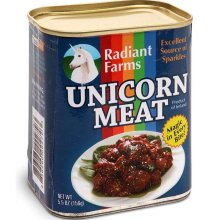
Why stop there? We might as well have tins of unicorn meat, too, a meal already familiar to those of us who’ve played more than our fair share of NetHack. How about dragons, or griffins, or the Vegetable Lamb of Tartary? If we’re going to make it up as we go along when we make artificial bacon, we might as well make it up as we go along when we make basilisk-burgers and salamander-sausages, too.
There’s a reason, of course, that we don’t see these more-imaginative meat substitutes. Many of the most loyal fake-meat customers are the kinds of people who don’t like to think about the connection between, for example, “chicken” (the foodstuff), and “chicken” (the clucking bird). To be fair, a lot of meat-eaters don’t like to think about this either, but I get the impression that it’s more-common among vegetarians.
But seriously, though: I think they’re missing a trick, here. Who wouldn’t love to eat artificial pegasus-pâté?